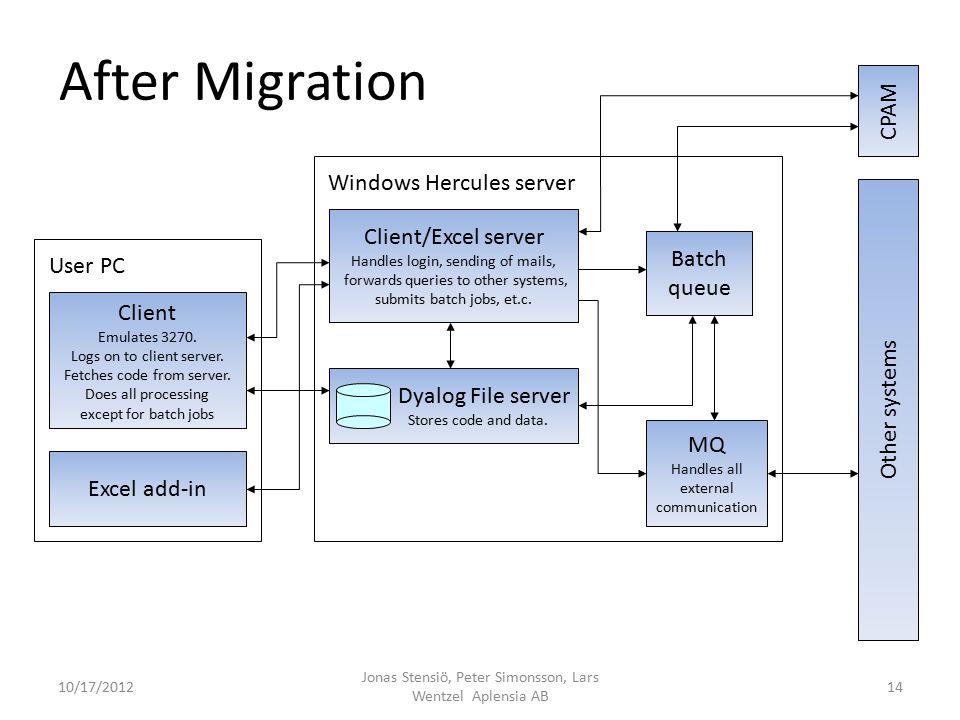Installing Z/vm On Hercules
OK, it is not the first. But I couldn’t resist to have fun with it anyway. It is driven by personal nostalgia and fascinated by how computer has achieved such impressive price performance improvement over time that I experience myself.

Always wondering what if other modern industries such as automobile or aircraft also achieve that same price performance improvement? Magix Movie Edit Pro 2014 Plus Crack Free Download. My acquaintance with mainframe started in 1984 when I was assigned to work supporting an IBM 3033 system.

Aug 22, 2015. In short, we would like to put all our configuration under Hercules, preferably on a Macintosh under Yosemite. >>Our problem is: how to get our OSs (zVM 530 and zVM 420) from our machine and install them under Hercules? >>Thnks in advance for any help! >>C.Boitet & JC.Durand >Grenoble.
I remember it had 16MB memory. With the increasing load, soon it was replaced with IBM 3083 model J (uni processor) and later field upgraded to model K (dyadic processors). Finally it was replaced with IBM 3090-200 before the data center was closed down due to data center consolidation. The purchase price of 3081-K processor complex at that time was around $4 millions, that excluded DASD’s (disk) and other peripherals. It claimed performance rating of 15 Mips and power consumption of 23 kW that requires separate water cooling system. The processor complex alone used up 75 sq. Meters of raised floor.
I came across with mainframe again in 2009. Actually it was not a real mainframe hardware. It was IBM (z-Series emulator on Thinkpad laptop) where I installed and tested the zOS and zVM mainframe operating system. Soon after, I also got to know: Open Source System/370, ESA/390, and z/Architecture Emulator. The console messages shown when I IPLed (‘boot’) the operating system was reminiscent of the same messages I saw on the green screen inside the glass house many years back. Except that now it runs on Thinkpad T60 with Intel Core Duo 2.16 GHz which costed around $3000 in 2006. Then Raspberry Pi first generation was released in February 2012 and I ordered the $35 model B in May 2012.
At about the same time, I read with interest and planned to have fun with it myself when my order arrived. However due to my activities at that time, the plan was put aside and eventually was forgotten until I received my $5 Pi Zero few months ago. Mainframe on $5 Raspberry Pi is more eye-popping than on $35 Raspberry Pi, I think.
Setting up the Pi Zero To run the VM or MVS mainframe operating system on Raspberry Pi (Pi Zero included), I need Hercules emulator compiled for ARM processor. Hercules version 3.07 package is already available in Raspbian Jessie repositories. It makes life a lot easier that I don’t have to compile it myself from the Hercules source. I choose to use as the operating system for Pi Zero. I setup the Pi Zero to run headless that is without monitor and keyboard.
Accessing the Pi Zero is performed using SSH from my laptop computer. This means network connection is required between Pi Zero and the other computer. Since Pi Zero does not have LAN port, I add Wifi USB adapter and OTG cable to plug into Pi Zero’s micro USB port. The other addition is only the standard 5V power supply and min. 8GB microSD card for the disk storage. Once the installation of Raspbian Jessie Lite and its headless setup is completed and I can SSH to it, I need to get the latest Raspbian Jessie update from the repositories: sudo apt-get update sudo apt-get upgrade I then install the Hercules emulator plus two utilities that will be needed later: sudo apt-get install hercules unzip dos2unix Installing and running VM/370 on the Hercules The first mainframe operating system that I install is VM. With Hercules, legally I can only use public domain version of VM which is VM/370.
I can not use the current IBM zVM operating system due to license and legal restriction. Although I can install VM/370 using standard installation procedure with the product tape images, I choose to use which saves me a lot of time. Robert O’Hara’s Six Pack is Hercules virtual disk images of VM/370 and its program products that have been installed on 6 Hercules DASD volumes.
So actually what I need to do is no longer an installation but rather a restoration. Mkdir hercules cd hercules wget unzip vm370sixpack-1_2.zip Apparently Robert O’Hara’s Six Pack was built and tested using Windows version of Hercules. The first time I run sixpack.sh script, it failed because of discrepancies between Windows and Linux. So I need to fix it first: dos2unix sixpack.sh chmod u+x sixpack.sh mv disks Disks mv Disks/shadows Disks/Shadows mv io IO mv sixpack.conf SixPack.conf After fixing it, I successfully run sixpack.sh that starts Hercules and automatically IPL the VM/370 SYSRES too../sixpack.sh Hercules configuration file SixPack.conf defines an integrated console so that Hercules and VM operator are sharing the same console window. VM operator commands need to prefixed with / to differentiate with the Hercules commands. Robert O’Hara’s Six Pack assumes to use the free and installed in the same computer where Hercules is installed.
Comments are closed.